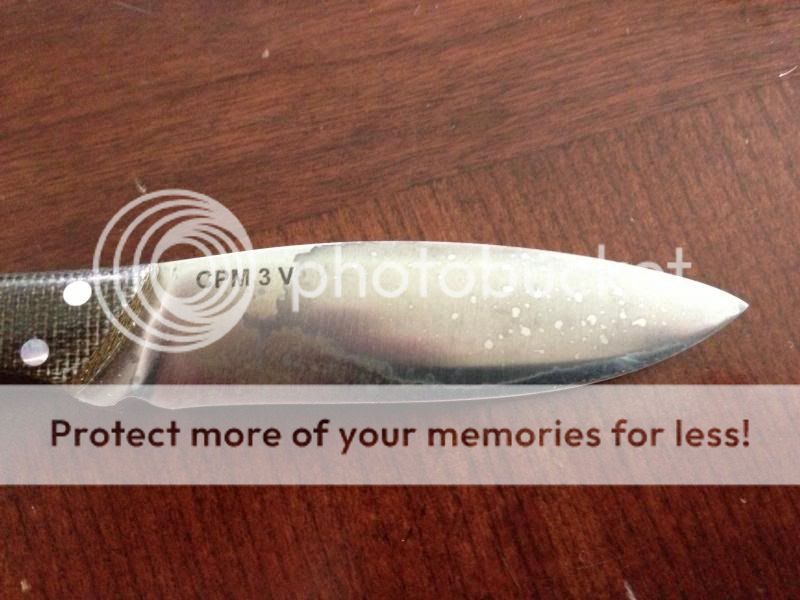jdk1
Gold Member
- Joined
- Apr 21, 2010
- Messages
- 2,038
I saw this question on a review thread, but I never saw any opinions on it, so Ill bring it up here for the brain trust to comment on.
Does anyone treat/coat the tang under the scales? I have a 4.1 in 3V coming. I know its not 1095, but can rust. I also understand Guy has received one or two back with rust around the cutouts. Id rather not remove the scales on a regular basis as it increases the chance of stripping a thread or accidentally leaving a screw loose. So, what does everyone do if anything?
Oil seems a poor choice, but I wondered about something which would coat and dry. In the old days, boiled linseed oil was used like this on farm tools. In more recent times, I know guys who used car wax on Beretta magazines to stop rust, but avoid making them oily dust magnets. So, options like car polish, Flitz, etc. sound pretty good to me. Maybe even Militec? What do yall think? Thanks.
Does anyone treat/coat the tang under the scales? I have a 4.1 in 3V coming. I know its not 1095, but can rust. I also understand Guy has received one or two back with rust around the cutouts. Id rather not remove the scales on a regular basis as it increases the chance of stripping a thread or accidentally leaving a screw loose. So, what does everyone do if anything?
Oil seems a poor choice, but I wondered about something which would coat and dry. In the old days, boiled linseed oil was used like this on farm tools. In more recent times, I know guys who used car wax on Beretta magazines to stop rust, but avoid making them oily dust magnets. So, options like car polish, Flitz, etc. sound pretty good to me. Maybe even Militec? What do yall think? Thanks.


